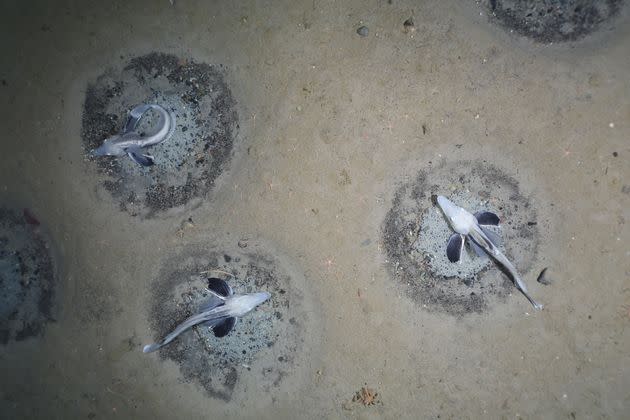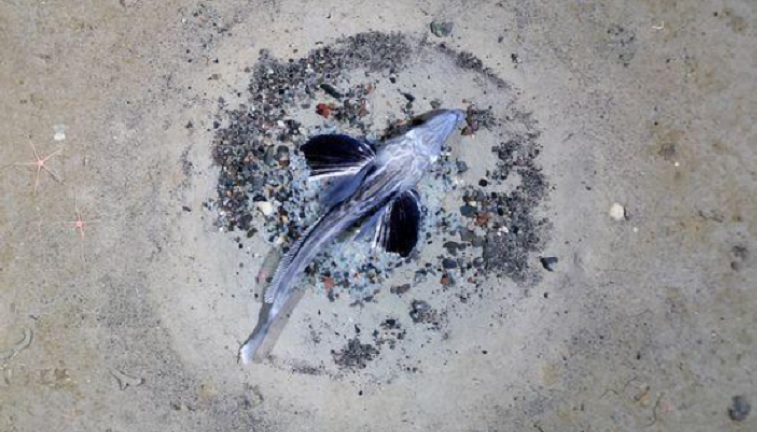A polar research exploration has discovered a previously unknown breeding colony of millions of fish in an icy Antarctic sea
(ANTARCTICA, New Scientist) Believed to be the world’s largest known fish breeding ground, the expanse of about 60 million Jonah’s icefish nests stretches across 92 square miles of the Weddell Sea floor, according to a January 17th report on The New York Times.

Icefish have no red blood cells ― which gives them transparent blood ― and skulls that you can see through. Their clear blood also contains a special protein that stops it from freezing.
The scientists who made the discovery, researchers from Germany’s Alfred Wegener Institute aboard the RV Polarstern, weren’t looking for icefish nests in particular. But when they came across the nest site, they knew they’d found something special.
“I’d never seen anything like it in 15 years of being an ocean scientist,” researcher Dr. Autun Purser told CNN. “After that dive, we emailed the experts on shore who know about fish like this. They said, yep, this is pretty unique.”
A typical nest had around 1,500 to 2,000 eggs, New Scientist reports. Purser told the publication that it’s unclear how many of those eggs ultimately hatch and survive, and that in general, a lot about icefish is still unknown.

Most of the nests were guarded by an adult fish, but in some cases, one fish guarded multiple nests. Still other nests were empty, or contained the carcass of a fish who died at its post. Fish who died in the middle of the nest field tended to just rot in place, while those who died closer to the edges were scavenged by animals like starfish and octopuses.
Another animal that enjoys dining on the icefish is the Weddell seal, a plump, carnivorous mammal that can dive up to 2,000 feet into the ocean.

The researchers who discovered the icefish nests took a look at satellite tracking data on the seals and found that the nest site is a major destination for Weddell seal dives.
“They’re having a nice dinner,” Purser told The New York Times.
TYT Newsroom


